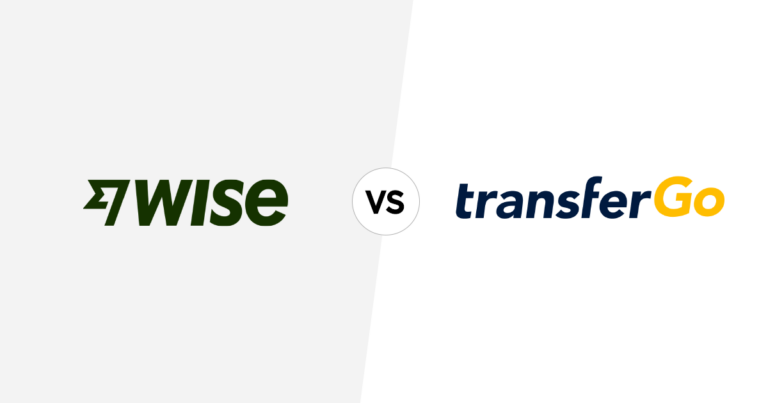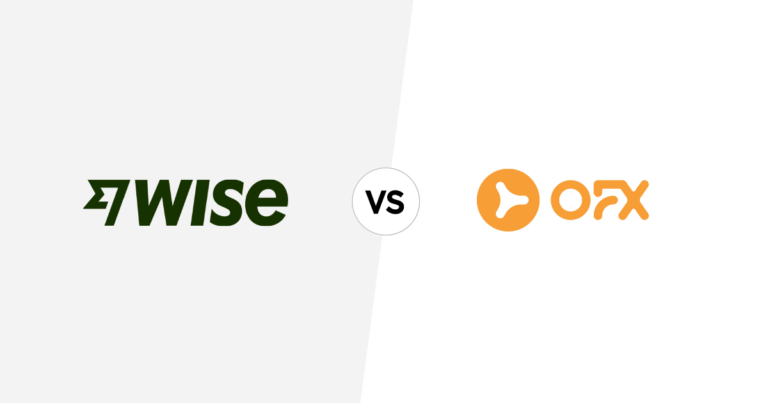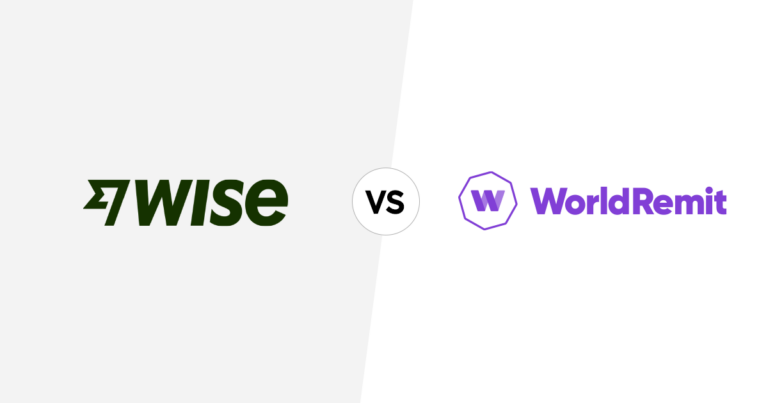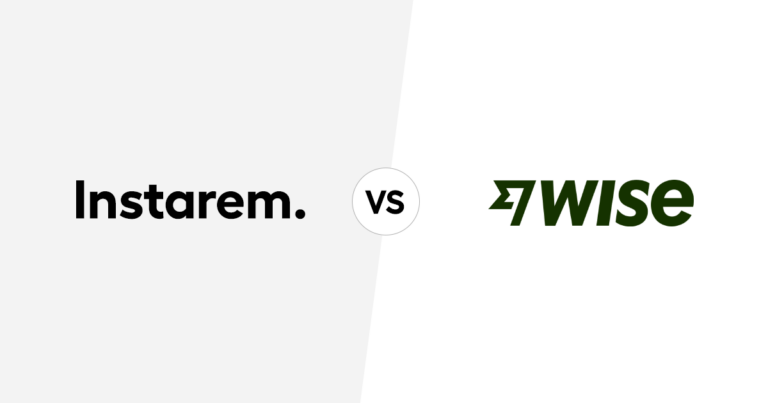SME technology investments surge: Insights from the 2024 Spend Barometer Report

This article covers:
Our latest Instarem 2024 SME Spend Barometer Report reveals a significant 29.2% increase in business spending on information services compared to the same period last year. This growth underscores a steadfast commitment to technology investment, driven by the adoption of advanced artificial intelligence (AI) and automation to enhance operational efficiency.
For SMEs, technology is no longer optional—it is essential for staying competitive and meeting customer demands for seamless, personalized experiences. As competition intensifies, businesses must differentiate on more than price and proximity, leveraging technology to deliver value.
In this blog, we explore why SMEs are embracing this digital shift, the role of government support, key investment areas, and the challenges they face. We will also discuss how innovative payment solutions can act as a strategic tech investment, helping SMEs bypass traditional banking fees, minimize exchange rate losses, and boost their bottom line.
Where are SMEs focusing their technology investments?
Technology investment may sound like a broad concept, but it encompasses a variety of areas that are crucial for businesses. From optimizing day-to-day operations and analysing data to building a robust digital presence and strengthening cybersecurity, technology is integral to modern business success.
Automation tools
Automation is important in streamlining everyday operations such as inventory management, billing, customer service, HR functions, and accounting.
- Accounting and Inventory Software: Tools like QuickBooks Online, Xero, Zoho Books, and Sage Intacct automate financial processes with features like multi-currency support, automatic currency conversion, and app integration, improving accuracy and efficiency.
- HR Management Systems (HRMS): Solutions like Bamboo HR, Namely, and Zenefits enhance HR workflows, improve data accuracy, and boost employee engagement, making them essential for organizational efficiency.
- Customer Service Platforms: Software solutions like Zendesk, Salesforce, and HubSpot help businesses streamline customer interactions, resolve issues quickly, and nurture loyalty.
- Cybersecurity Solutions: Cisco, Symantec, and Zoho equip businesses to proactively protect their digital assets, customer data, and reputation.
These automation tools not only reduce human error but also improve productivity and lower operational costs, making them a top priority for many SMEs.
E-commerce platforms
In today’s digital-first world, having a strong online presence is essential. For SMEs looking to expand regionally or globally, e-commerce platforms are critical for establishing and growing their digital footprint.
These platforms allow businesses to design a brand, build a website, showcase products, and manage retail tasks like marketing, inventory, and payment processing. Even a simple website to educate potential customers can drive significant impact. Popular platforms include Shopify, Wix, and WooCommerce.
Data analytics
Understanding customer behaviour and using data to inform decisions is key to staying competitive. Data analytics tools help businesses analyse large data sets to generate actionable insights, drive marketing strategies, and optimize inventory.
Examples of such tools include Google Analytics, Tableau, Microsoft Excel, and Power BI, which enable businesses to make informed decisions and predict future trends effectively.
Overcoming common obstacles of technology investments
While technology investment promises scalability, cost reduction, and market expansion, it is not without its challenges.
Balancing costs
Technology adoption often requires significant financial outlay. This can include hiring technology experts, a task made harder by competition with larger companies with deeper pockets to attract top talent. For SMEs, limited bargaining power makes it even more difficult to secure skilled professionals.
Alternatively, upskilling existing employees can mitigate hiring costs, but it creates new challenges. A steep learning curve means additional time must be invested in training and integrating new tools into existing workflows. This delay can impact short-term productivity before delivering long-term benefits.
Additionally, software expenses vary widely, from one-time licenses to usage-based pricing models, which can strain budgets. Without careful planning, SMEs risk spending on tools that may not deliver the expected ROI.
Balancing these costs is an ongoing challenge for SMEs, requiring strategic decision-making and prioritization of investments that align with business goals.
Support from local governments in technology investments
Despite the challenges, governments worldwide recognize the critical role of digitalization for SMEs and have implemented programs to alleviate financial and operational hurdles.
Singapore
The Singapore government offers several initiatives to support SME digital transformation:
- Productivity Solutions Grant (PSG): Provides up to 50% of eligible costs, capped at $30,000, to encourage the adoption of productivity-enhancing technology.
- SMEs Go Digital: This initiative by IMDA provides Industry Digital Plans (IDPs)—roadmaps tailored to help SMEs in different sectors navigate their digital transformation journey.
- Data Protection: Through the Data Protection Essentials and the Data Protection Trustmark (DPTM0) certification, SMEs receive support in adopting secure and responsible data practices.
Singapore’s blueprint emphasizes four pillars: being Smarter, Scaling Faster, being Safer, and Upskilling Workers to ensure SMEs remain competitive in a globalized economy.
Malaysia
The Malaysian government has made significant strides to help SMEs boost their competitiveness both domestically and internationally by supporting business transformation through digitalization and automation.
Key Initiatives Include:
- 100 Go Digital: Designed to help traditional businesses in key sectors embrace digitalization to enhance efficiency and customer experience. This initiative provides:
- Digital Coaching: Personalized guidance for businesses to adopt digital tools tailored to their needs.
- Digital Coaching: Personalized guidance for businesses to adopt digital tools tailored to their needs.
- Digital Funding: Access to financial incentives and funding for digitalization efforts.
- Digital Funding: Access to financial incentives and funding for digitalization efforts.
- Digital Grant MADANI: A RM100 million allocation to support SMEs through digitalization grants of up to RM5,000. This initiative, managed by the Malaysia Digital Economy Corporation (MDEC), aims to benefit over 20,000 SMEs.
Australia
Australia has a long-standing goal of becoming a leading digital economy and society by 2030.
Notable Programmes Include:
- Digital Business Plan: An investment of $796.5 million focused on:
- Building digital infrastructure and skills.
- Building digital infrastructure and skills.
- Establishing fit-for-purpose regulatory frameworks.
- Establishing fit-for-purpose regulatory frameworks.
- Enhancing SME capabilities and engagement with government. This complements previous investments, including the $4.5 billion NBN upgrade and the $1.67 billion Cyber Security Strategy 2020.
- Enhancing SME capabilities and engagement with government. This complements previous investments, including the $4.5 billion NBN upgrade and the $1.67 billion Cyber Security Strategy 2020.
- CSIRO’s Digital Technologies and AI Program (2024): A free 10-week initiative to help SMEs enhance their R&D capabilities. The program connects businesses with resources, mentors, and expertise to advance projects in digital technologies and artificial intelligence (AI).
SMEs must adopt a strategic tech approach
While government support helps alleviate challenges, SMEs still face the crucial task of balancing costs with technology adoption.
Key strategies for success include:
- Aligning with Business Goals: Evaluate actual needs before adopting new tools to ensure they fit seamlessly with business priorities and existing systems.
- Prioritizing Scalability: Select solutions that grow with the business, supporting long-term development without becoming obsolete.
- Focusing on ROI: Each investment should demonstrate measurable returns, avoiding unnecessary complexity or tools that hinder workflows.
Don’t forget payments can be part of the digital transformation
Innovative payment solutions can play a pivotal role in SME growth, particularly for businesses expanding internationally. By integrating tools that handle multiple currencies and regions, SMEs can:
- Reduce transaction fees and bypass traditional banking costs.
- Minimize exchange rate losses.
- Streamline operations, reallocating resources toward growth and innovation.
Such solutions provide immediate value to the bottom line, positioning businesses for sustainable, long-term success.
Discover the full insights
This blog highlights key findings from the Instarem 2024 SME Spend Barometer Report. For a comprehensive view of the trends and insights, download the full report today.


























